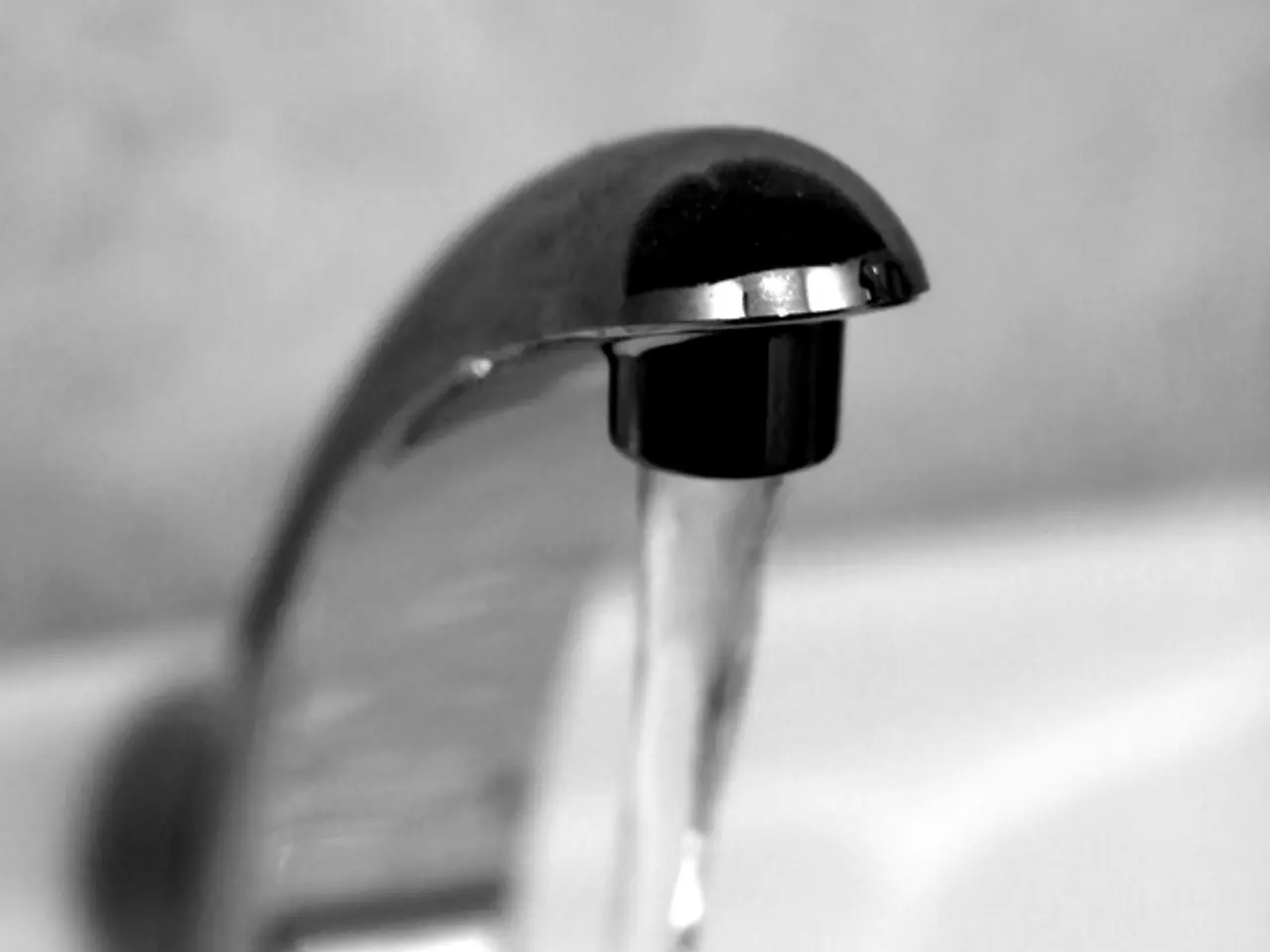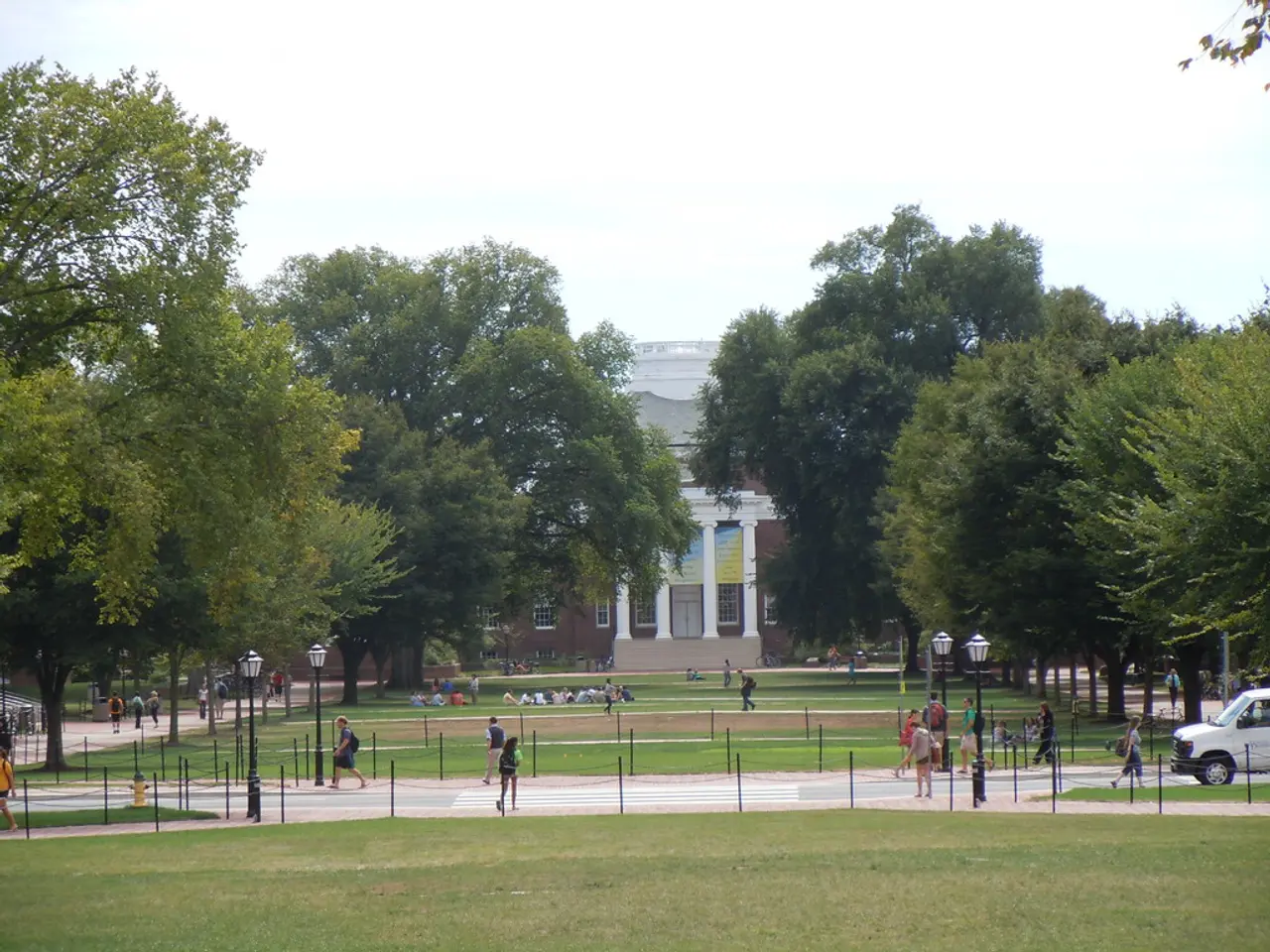Eligible Student Loan Recipients Should Consider Altering their Repayment Strategies
The End of the SAVE Plan: What Borrowers Need to Know
The SAVE Plan, a popular student loan repayment program, is coming to an end. The forbearance period ended on August 1, 2025, and interest is now accruing on loans for those still enrolled in the SAVE Plan [1]. Moreover, the new federal law, known as the "Big Bill," signed on July 4, 2025, will officially end the SAVE Plan and most other income-driven repayment plans by July 1, 2028 [2].
Key implications and options for SAVE Plan borrowers due to these changes include:
- Interest Accrual Resumes: The pause on interest ended on August 1, 2025, so unpaid interest will now accrue, increasing loan balances over time if no payments are made [1].
- Need to Enroll in New Repayment Plans: Borrowers must select a new plan because SAVE is discontinued. The primary available options after July 1, 2028, will be the Income-Based Repayment (IBR) Plan and the RAP Plans [1][2].
- Loss of Certain Borrower Protections and Forgiveness Options: With the termination of SAVE and related policies, pathways to loan forgiveness may become longer or less attainable, as SAVE’s interest subsidy and quicker forgiveness route no longer apply [1][2].
- Options for Defaulted Borrowers: The new law allows borrowers to rehabilitate loans up to two times to remove defaults, offering some relief for those struggling with delinquency [2].
For Parent PLUS loan borrowers, the situation is a bit more complex. Currently, the only income-driven repayment plan for most consolidated Parent PLUS loans is the ICR plan. However, by July 1, 2026, Parent PLUS loan borrowers may need to consolidate their loans and enroll in an income-driven repayment plan to retain access to student loan forgiveness and income-driven repayment [3].
Borrowers who submitted an IDR application before the tool's restoration in May are encouraged to reapply online at StudentAid.gov. There is a backlog of 1.5 million IDR applications, many of which were submitted before the IRS data retrieval tool was restored [4]. Borrowers who selected the "lowest possible payment" option on a pending IDR application should reapply for ICR, IBR, or PAYE [5].
The Department of Education urges all borrowers in the SAVE Plan to quickly transition to a legally compliant repayment plan. Borrowers currently in the SAVE Plan forbearance should start thinking about switching repayment plans [6]. Parent PLUS loan borrowers enrolled in ICR or one of the other income-driven options will be able to switch to the IBR plan once the ICR plan is phased out [7]. Borrowers enrolled in PAYE and ICR will need to switch to the Income-Based Repayment plan or the new RAP plan once these programs are phased out [8].
The SAVE plan has been blocked for over a year due to a lawsuit, and it has not been formally overturned. Student loan borrowers who applied to SAVE but were never enrolled due to the court injunction should consider applying for ICR, IBR, or PAYE [9].
In summary, SAVE Plan borrowers must urgently switch to other repayment options to avoid growing loan balances due to interest. Future borrowers will face a more limited and restrictive federal student loan system with fewer repayment choices and capped borrowing limits [1][2][3]. Taking prompt action to evaluate and enroll in a replacement plan like IBR is critical to managing repayment costs and risks.
References: [1] Edelman, L. (2025). The end of the SAVE plan: What borrowers need to know. Forbes. [2] Johnson, S. (2025). The 'Big Bill' and the end of the SAVE plan: What borrowers need to know. The New York Times. [3] Smith, M. (2025). Parent PLUS loan borrowers face changes with the end of the SAVE plan. USA Today. [4] Perez, J. (2025). Millions of IDR applications are stuck in a backlog. Here's what borrowers can do. MarketWatch. [5] Brown, K. (2025). The 'lowest possible payment' option on IDR applications: What borrowers need to know. CNBC. [6] White House. (2025). Urging SAVE Plan borrowers to transition to compliant repayment plans. Press release. [7] Department of Education. (2025). Transitioning Parent PLUS borrowers to the IBR plan. Fact sheet. [8] Department of Education. (2025). Phasing out PAYE and ICR plans. Fact sheet. [9] Department of Education. (2025). Considering ICR, IBR, or PAYE for SAVE applicants. Fact sheet.
- Borrowers seeking relief on their educational loans may want to consider the option of loan forgiveness programs, such as the Income-Based Repayment (IBR) Plan, in light of the termination of the SAVE Plan and other income-driven repayment plans [1][2].
- For those looking to finance their education-and-self-development, understanding the changes to the federal student loan system is crucial as future borrowers will face a more limited system with few repayment choices and capped borrowing limits [1][2][3].




